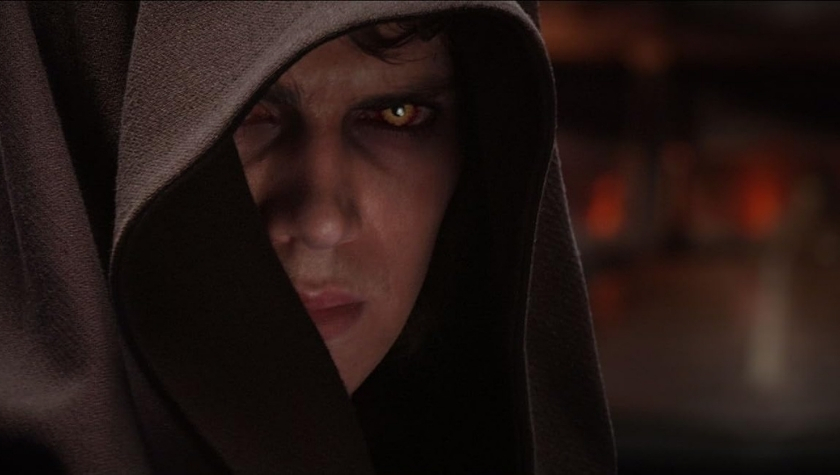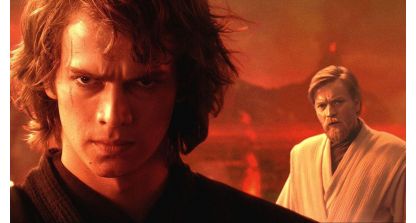What is Freytag’s Pyramid?
Freytag's Pyramid is a dramatic structure for storytelling that was popularized by 19th-century German novelist and playwright Gustav Freytag. Building on the five-act dramatic structure favored by many playwrights, including William Shakespeare, Freytag broke down each of these five plot stages into their own category.
The 5 Stages of Plot
According to the Freytag’s Pyramid, the 5 stages of plot are as follows:
Exposition
The story’s introduction where the setting, characters, and main conflict are established.
Rising Action
A series of deepening conflicts and complications that build tension and suspense.
Climax
The turning point of the story where the conflict reaches a peak. Occurring in the middle of the narrative, this climax differs from the one found in a three-act structure. Fryman’s centerpiece climax marks the moment the protagonist’s fate is sealed, especially if they have a tragic trajectory (common in many dramas of the past).
Falling Action
The events that occur as a direct result of the climax and leads us into the resolution.
Resolution
The conclusion of the story where loose ends are tied up and the primary conflict is resolved (how it’s resolved depends if it’s a comedy or tragedy).
The above five act structure or plot pyramid can be useful for writers in the outlining stage when they’re structuring and visualizing their story, especially if they’re writing a play or novel with a central conflict.
But is it the ideal model for screenwriters?
After all, don’t most movies follow a three-act structure as opposed to a five-act one? And isn’t the climax at the end rather than the middle?
Three-Act Structure: the Standard Structure for Screenwriting
Popularized by author Syd Field in his 1979 book Screenplay: the Foundations of Screenwriting, three-act structure has become the standard narrative blueprint for most mainstream movies. Not only is this structure specifically designed for cinema, it’s simpler and more streamlined than Fryman’s Pyramid. Also, being the standard structure of screenplays, it’s deeply ingrained in the vocabulary of the film industry. Whether you’re talking to a manager, producer or director, they’ll be familiar with three-act structure and they’ll expect you to likewise be. Whereas in my two decades of working as a screenwriter and working with people in film development, I never once heard anyone speak of five acts or Fryman’s Pyramid.
So in terms of which structure to follow, there shouldn’t be a debate: three-act structure is what screenwriters should be using when they’re developing their story and outlining their screenplay.
Three-Act Structure Breakdown
Syd Field broke down each of these three acts into their own category:
Act 1: The Setup
The story’s introduction where the setting, characters, and main conflict are established. This is also where the inciting incident occurs, forcing the protagonist onto a new path and setting up the next act.
Act 2: The Confrontation
A series of deepening conflicts and complications that build tension and suspense. This should be the largest act of your script and within it should be a turning point similar to “the climax” in Fryman’s Pyramid, although here it’s called the Midpoint. Usually this is where a major event happens and there’s no turning back for the protagonist: the conflict needs to be resolved at all costs and it typically leads to another major event or setback at the end of the act, commonly referred to as the lowest point.
Act 3: The Resolution
What’s commonly referred to as the climax in screenwriting and filmmaking happens here. This is where the protagonist faces the main antagonist or the primary conflict and it leads to a final resolution. Typically the climax is followed by an aftermath where we see how the protagonist’s life has changed as a result of what they’ve experienced.
Understanding Dramatic Structure
Although three-act structure is recommended for screenwriters, especially beginner screenwriters, there’s still value in understanding various dramatic structures and, in doing so, taking away what’s universal.
Freytag’s Pyramid, despite being broken up into five acts, still works within a larger three-act umbrella. There’s still a beginning, middle and end, and essentially the same story events are happening and in the very same sequence, but they’re simply broken up differently. Just look at how these two dramatic models align:
Exposition = The Setup
Both are introductions where the setting, characters and main conflict are established.
Rising Action + Climax = The Confrontation
Everything that occurs here is your second act, including a series of deepening conflicts and complications, a turning point for the protagonist (the midpoint) in which there’s no going back and culminating with an event or setback that sets up our final confrontation.
Falling Action + Resolution = The Resolution
What most people would think of as the climax and final act, this is where the protagonist deals directly with the primary conflict, leading to a resolution and the aftermath. Whether it’s a tragic or heroic outcome, the protagonist and other major characters are forever changed.
So you see, in both dramatic models all of the same story beats occur and even in the same chronology. In fact, most popular films align with both models, regardless of the genre. Here’s a Freytag's Pyramid example that also works within the classic three-act structure:
Star Wars: Episode III - Revenge of the Sith
(A film that’s structured as a Shakespearean tragedy.)
Exposition / The Setup
Jedi Knights Anakin Skywalker and Obi-Wan Kenobi are established as heroes of the Clone Wars. After years of warfare, the tide is turning in the Republic’s favor, however, the Jedi Council is wary of Chancellor Palpatine’s expanded and unchecked power. After rescuing Palpatine, Anakin discovers his wife, Padme, is pregnant. Both his marriage and this pregnancy must be kept secret from the Jedi because it’s against the orders’s dogma.


Rising Action / Climax / The Confrontation
Anakin has disturbing premonitions of Padme dying in childbirth while further conflict is created when the Jedi Council ask him to spy on Palpatine, who has become a friend and mentor to the young Jedi. While Anakin deals with these conflicts, Obi-Wan goes to face down General Grievous and win a decisive battle in the war. Palpatine attempts to seduce Anakin to the Dark Side and initially fails, but during a fateful confrontation between Palpatine and Jedi Master Mace Windu, Anakin sides with Palpatine, becomes a Sith and is christened Darth Vader (the midpoint/turning point). Vader and Palpatine’s army of Clone Troopers double-cross and wipe out the majority of Jedi in a brutal attack (“Order 66”). Palpatine transforms the Republic into the Empire, declares himself Emperor and we’ve reached our lowest point.


Falling Action / Resolution / The Resolution
After surviving Order 66, Obi-Wan Kenobi and Yoda travel back to Coruscant and discover Anakin has turned to the Dark Side. As Obi-Wan goes to Mustafar to face his former pupil, Yoda takes on Emperor Palpatine. Yoda is defeated by Palpatine but rescued by Bail Organa. Obi-Wan defeats Vader, who is severely wounded in the duel. Palpatine salvages what’s left of Vader and he is resurrected as a cyborg and is now seemingly consumed by the Dark Side. Padme gives birth to the Skywalker twins, dies shortly after and Yoda instructs Obi-Wan and Bail to separate the twins and watch over them as they stay hidden and plot against the Empire.


The Framework for Storytelling
The story and character arcs are most pronounced in Revenge of the Sith, but every Star Wars movie fits into a Freytag’s Pyramid/three-act structure. The same can be said for most movies, plays, novels or even TV series arcs. When you step back and analyze the broader outline of these stories, you’ll see the same beats over and over again and they’re typically following the same chronology.
Once you grasp the commonalities of different dramatic structures, you’ll have a fuller and more substantial understanding of dramatic structure. From Freytag’s Pyramid to the classic three-act model, it’s about following a protagonist who faces increasing challenges and obstacles that culminate with a final resolution.
These structures are more than a blueprint for screenwriting.
They’re the framework for storytelling.

